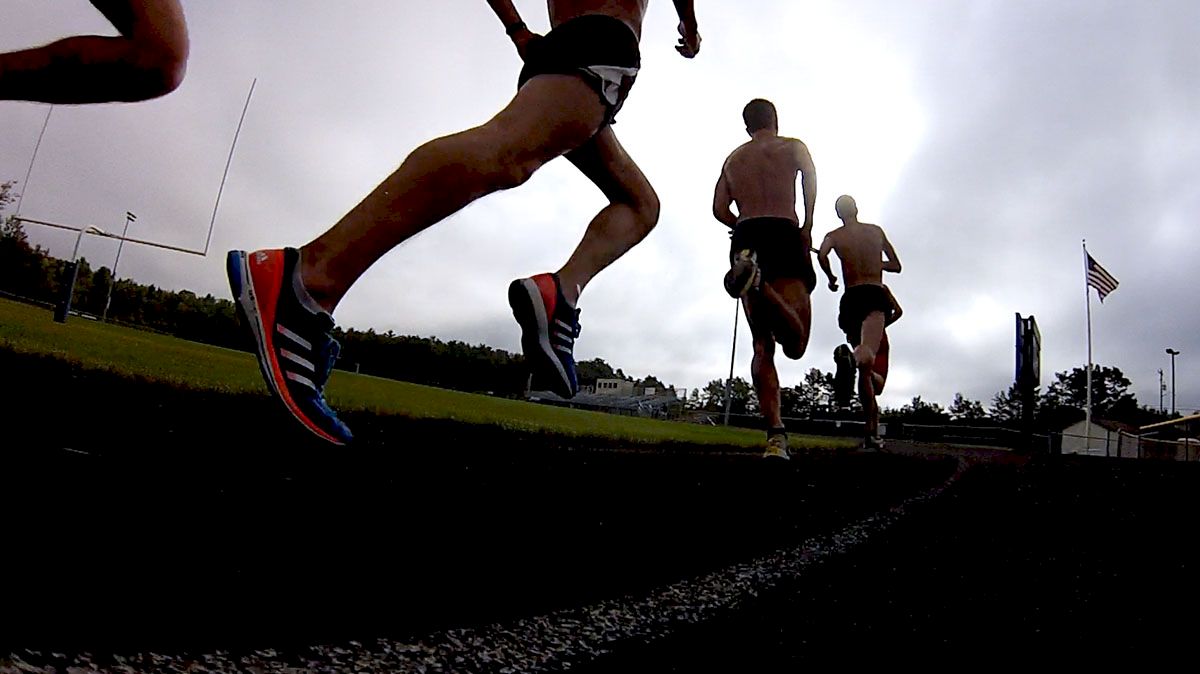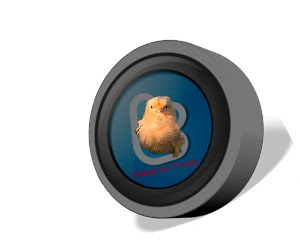Nic Bideau
Nic Bideau

© Copyright - Christopher Kelsall - 2010
Nic Bideau is the Director of the Melbourne International Track Club located in Melbourne, Australia. He coaches many athletes and is best known for managing Cathy Freeman, who won 400m Olympic Gold during the 2000 Sydney Olympic Games as well as working with Craig Mottram to 5000m Silver during the 2006 Melbourne Commonwealth Games and to Bronze during the 2005 Helsinki World Track and Field Championships 5000m.
Bideau is married to one of Ireland’s greatest ever athletes Sonia O’Sullivan, who competed mainly in middle distance track and the 5000m event to great success. She also raced well in cross-country however, she ran fast times over a great range of distances from 800m to the marathon.
Bideau currently splits his time between England and Australia coaching and working with athletes in various capacities from both countries.
He is educated in journalism and physical education from Victoria College.
As an athlete he competed well in the middle distances at school and has recorded a 69-minute half-marathon. When he decided that he was not quite talented enough to be an international level runner, he turned his attention towards coaching others.
The interview
Christopher Kelsall: Has becoming a father made you softer? You have a reputation to uphold.
Nic Bideau: It’s not for me to judge. I really enjoy being a father. My children are great fun. They certainly provide me with a different perspective on many things and help me stay grounded about a lot of situations.
CK: Are the girls showing an interest in sports? Any chance their school will get an international level coach?
NB: Both my children like sports. Our older daughter plays netball outside of school as well as enjoying all the sports at school and our youngest daughter plays basketball and runs cross-country in a club outside of school but I am not interested in coaching them at school. I am quite happy just to be their father
CK: Is Sonia coaching with the Melbourne Track Club?
NB: Sonia is a big help with many of the athletes in our group and she has been a team coach on three Australian world cross-country teams but she hasn’t shown any interest in taking over the personal coaching of any individual athletes.
CK: Her bests range from a very strong 800m in 2:00’4, to the marathon – a 2:29:41. We know all about her incredible career involving many great races in the 1500m to 5000m distances and cross-country. Was her strong range due to a high volume of training year round for many years consecutive?
NB: Sonia was an incredibly gifted athlete with enormous determination that made her such a tough competitor. But I think the key behind her having such a long career with success over many different distances was really because she is such a balanced person who was always able to look at things with good reason and work out how to achieve with the great talent she possessed. This allowed her to keep in touch with other areas in her life. She was never one of those people who could not see life beyond the world of an athlete.
CK: Alan Storey coached her for years, yes? Then did you not take over in 1999? I assume there must have been some unique level of tolerance to volume or key workouts as she was so consistent for so long.
NB: I never actually coached Sonia. Alan took over coaching her in 1997 but it took her until 1998 to accept what he was trying to tell her. Before then her tendency was to run very hard in training. This brought her great success for 2 or 3 years but she started to come apart in 1996, which cost her a good shot at the gold in Atlanta. My role was more in supervising workouts and giving occasional advice and only when asked. Alan knows far more about training than I ever will and the only area I could help him in coaching Sonia was that I understood more about how she was thinking and where her confidence was.
CK: She is still listed as an athlete with Melbourne Track Club, is she competing as a master now?
NB: Sonia doesn’t believe in retiring. She still runs most days and runs in plenty races but not seriously. She just does it for fun. Plenty of runners still love to have her at their events because of what she has achieved. I’d say she is one of the most popular runners to runners over the last 20 years.
Coaching
CK: A workout credited to you is to have your athlete run 5 x 8 minutes with a 1-minute float. This allows the heart rate to drop - to keep it from racing, you do this instead of having the athlete run 45 minutes consistent. I assume this type of workout is run at AT effort. How much slower is the float?
NB: I have set this type of workout with the 8-minute efforts run to heart rate at AT or just below. The floats are slow enough to allow the heart rate to drop just below what they had been working at before ramping it up again. I set the workout like this because it gives the athlete a distraction from running the particular loop where we do these workouts in a certain time. It helps them to focus on the mechanics of the workout which is achieving 45-minutes with a decided amount of pressure on the heart rather than trying to charge around the course and delude themselves by recording their fastest ever time for the lap we use.
CK: How many times will they run a workout like this during the aerobic conditioning phase?
NB: I rarely set the same workout twice, but similar versions of the same thing. I do this to prevent athletes trying to compare workouts to what they have done previously. You can never show up to training in exactly the same physical condition or state of mind as previous so while we work the same energy systems regularly, I try to slightly alter the workout for this reason. I would have the athlete do something similar to this most weeks of the year. The only time these workouts go missing from the schedule are when they are tapering for an important race.
CK: What would a V02 Max workout possibly look like?
NB: Something like 6x800m uphill runs that take between 2.30 and 2.40 to complete with easy jog back recovery.
CK: Do you ever get into the hill circuit workout of 400 to 800 up, recovery on the flat, then same downhill with strides at the bottom?
NB: Not really. Sometimes we do workouts of 4km at anaerobic threshold (AT) followed by 10x30sec hills followed by another 4km at AT. We do a workout at Falls Creek where they run up some tough hills fast and then on the other side run across a flat plain at AT pace and carry on running fast once they get to a downhill section but that is about the only time we do fast downhill running in training. It’s too big an injury risk to do a lot of it.
CK: When you say at AT pace, do you mean pace or by heart rate or perceived effort?
Read the rest of the interview at Athletics Illustrated
Scroll down for comments section
Contact Chris: chriskelsall@flocasts.org



